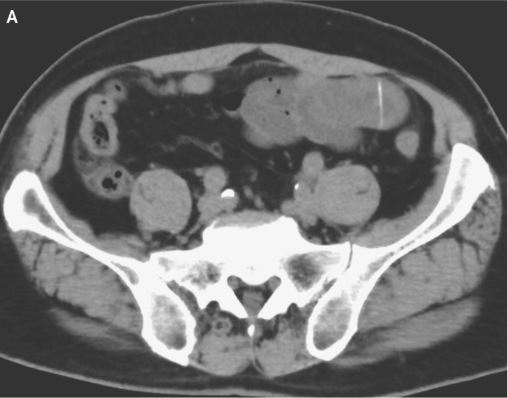When you buy through links on our website , we may earn an affiliate commission . Here ’s how it works .
scientist in Southern California have discovered a mysterious booming universe of endangered desert pupfish in homo - made inquiry pond designed for an entirely different purpose .
Although no one knows precisely how they got there , the fish probably took a 1.5 - nautical mile joyride through the pipage used to birth H2O to the ponds .

Last class , Douglas Barnum , a scientist with the U.S. Geological Survey ’s Salton Sea Science Office , and his workfellow built four lowly ponds to take how ongoing change in the Salton Sea — the largest lake in California , which is 25 percent saltier than the sea — will regard nearby wildlife as part of the state ’s on-going Salton Sea Restoration Project .
The Salton Sea , an important home ground for migratory birds , is slowly dry up and grow salty . It is also becoming tainted with selenium as it is feed in by a number of rivers , including the Alamo River , foul by selenium from the upper Colorado river basin .
The element , which may be leaching into the washbowl from agrarian sites , can be toxic to wildlife , peculiarly as it amass through the food mountain chain .

“ The boo are potentially eating a very toxic time bomb calorimeter , ” Barnum toldLiveScience .
To study how raspberry respond to the grow selenium levels as well as the alteration in salinity , the scientists created man - made pool , mix the piquant water from the Salton Sea with water from the nearby freshwater Alamo River to produce a serial of four ponds of vary brininess , all somewhat pollute by atomic number 34 .
The plan was to study how bird population reply to the dissimilar ponds , which are all cautiously filled so as to foreclose Pisces the Fishes and other wildlife from being pumped in too . The water first travel through a trench with a rock roadblock and then continues through one and a one-half land mile of pipage until reaching the pond .

It was therefore surprising when Barnum and his colleagues note a turn of larger fish swim around in the pond this year .
They assumed that all of the fish were a mutual species known as genus Tilapia and that they hadsomehow survivedthe longsighted trip from the lake or river to the ponds . But when they started doing some maintenance piece of work a few week ago , they “ notice something that was a little mo singular , ” Barnum enunciate .
They saw small fish in the ponds , too .

“ These were not Tilapia , and they did n’t look like anything else we had see , ” Barnum said .
The tiny Pisces , they discovered , were really endangered desert pupfish — populations of which have declined over the track of the past few decades thanks to a passing of habitat and change in environmental precondition , such as dam - building , according to the U.S. Geological Survey .
The scientist estimate that there are thousands of these imperil fish living in the research ponds , although most of them are immature , and no one know how many will pull through into adulthood .

They also are n’t certain whether the pupfish are fall from the Salton Sea or the Alamo River , but it ’s potential that they somehow made it through the rock and roll barriers and made the ocean trip through the pipe .
Young pupfish are smaller than a fingernail , so “ they may be able-bodied to make it through the cracks in the sway , ” enjoin Barnum . “ It does n’t voice possible , but who knows . ”
He added that it only takes two pupfish — a male person and a female — to start a universe . While it could be that pupfish are more dominant in California ’s rivers and lakes than anyone actualise , it may also be that a few fearless individuals just happened to make it to the ponds and , upon their comer , mated like mad .

This exciting windfall has prompted the scientists to seek to broaden their research goals to let in studies of the tough pupfish as part of their project .
“ Let ’s take advantage of this prosperous opportunity to find out something about this peril coinage , ” say Barnum .












